In the nineteenth century the Industrial Revolution and the expansion of the British Empire turned the Thames into the commercial artery of England.
In parts it was a bustling, noisy river teeming with life, dedicated to vibrant commerce. Swishing ropes, clanging chains, smoking ships funnels, hooters and bells, the cries of the dockers as they unloaded the ships - such were the myriad sounds that formed this beating heart of London.
But for Monet, the most interesting result of all this industrial, smokey chaos was something rarely seen over the Thames today - fog.
The effects of the resulting smoke-generated fog, known as 'smog', challenged artists like James McNeill Whistler and Claude Monet to paint the river through a veil of light and mist.



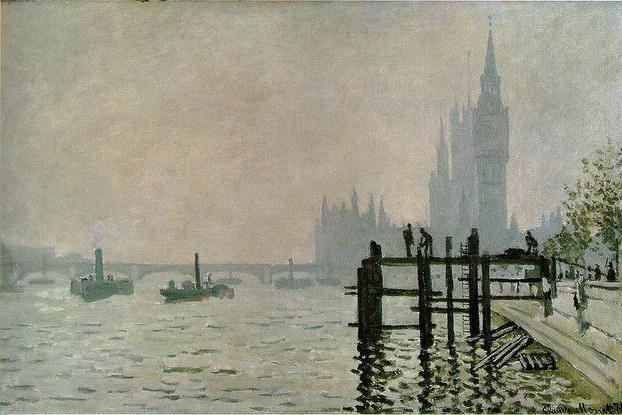



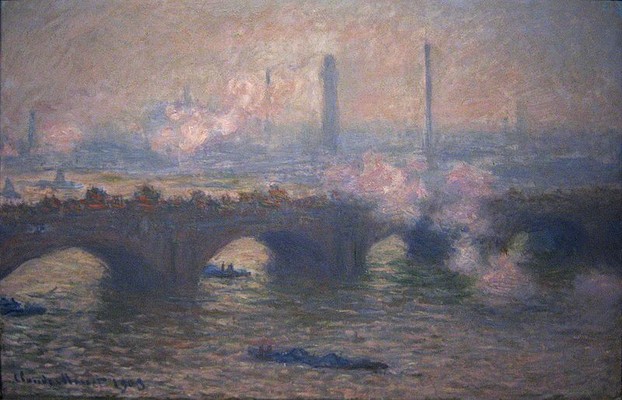
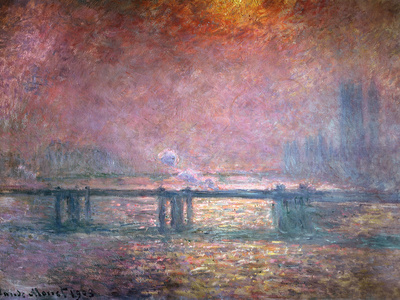
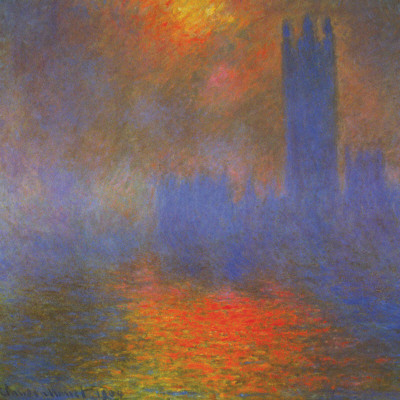



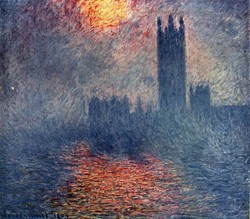

 How to Choose a Walking Cane or Stickon 08/01/2014
How to Choose a Walking Cane or Stickon 08/01/2014
 Michael Miller Fabulous Fabric Swatches for Quilting, Crafts etcon 07/02/2014
Michael Miller Fabulous Fabric Swatches for Quilting, Crafts etcon 07/02/2014
 The Drama of Life in the Rock Poolon 06/08/2014
The Drama of Life in the Rock Poolon 06/08/2014
 The Flâneur - Symbol of Modernity in 19th Century Parison 05/09/2014
The Flâneur - Symbol of Modernity in 19th Century Parison 05/09/2014


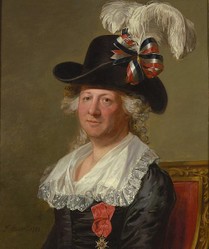
Comments
Ha Ha! Actually, I am old enough to remember the London fog.... it's much cleaner now but less exciting and mysterious!
Fascinating. The London fog, I mean. Just kidding! I love Monet!
What you have said was the way I was struck when I went to see a Jackson Pollock exhibition in London some years ago. The impact of seeing them in 'reality' was really astonishing. Monet's large waterlily canvases remind me of Pollock's work, albeit executed differently. But the overwhelming impression of being surrounded by the work is similar I think. The line between viewer and artwork seems to dissolve. This is hard to experience looking at the same image in a book. Thanks for your post.
Hi Elias - Yes, those Impressionists were way ahead of the crowd!
Interesting, very interesting. I've read how big the scandal the impressionistic style of painting caused back in the day.. Well, history surely proved Monet right!
Hi Jo - I know what you mean about it appearing wishy-washy on first inspection! Paintings can seem really difficult to 'read' because so much seems to be left unsaid and it's hard to unravel it all. I am so thrilled that you found this article useful! That's really encouraging! Thanks Jo. (written with slight hangover...)
I'm not a very visual person, being more at home with literature, but you're making me really appreciate art. The little I've seen of Monet before, I thought him quite wishy-washy. This has changed this. I love the mental image of him chasing the sun. I read all that, then went and stared some more at your examples of his art. He's not at all wishy-washy, is he?